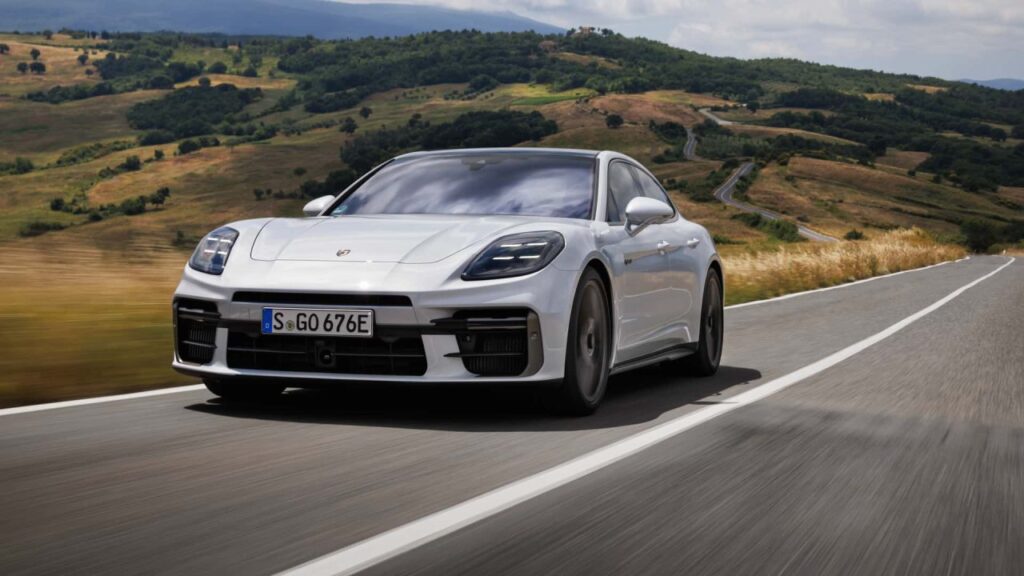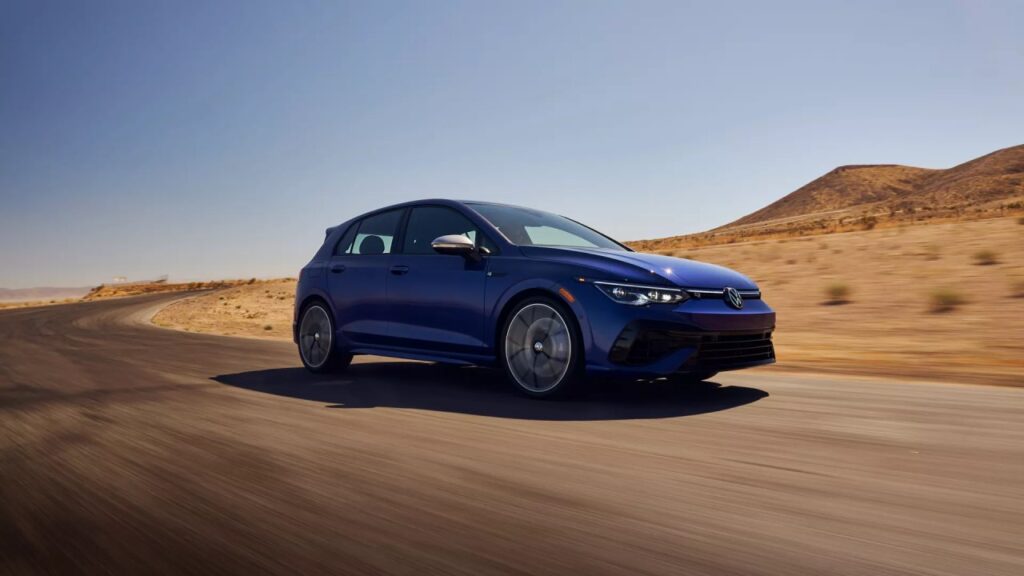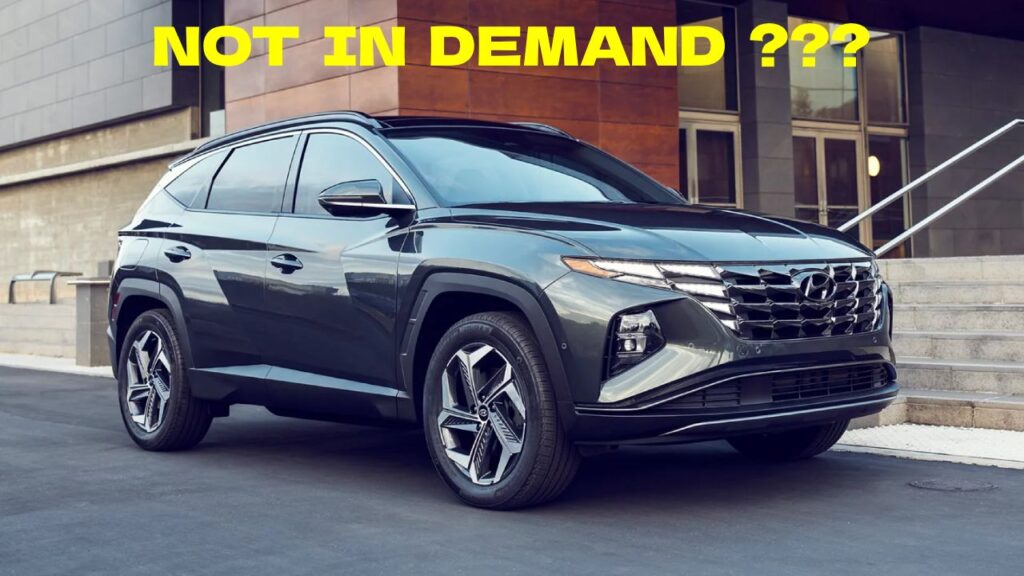Many consider PHEVs to be an ideal solution to transition from ICE cars to EVs
As per a recent J.D. Power report, plug-in hybrid cars might not be the solution that everyone is making them out to be. There is a general consensus that PHEVs are the most feasible solution to enable a relatively smooth transition towards total EV adoption. This has been particularly true in the last few months as EV sales have taken a fall. The EV growth has been slower than anticipated in the U.S., Europe and China. In fact, a few legacy carmakers have revived their plans to switch to hybrid cars until EVs become the norm.

You might also like: How Are EREVs Different From BEVs, PHEVs or HEVs?
Plug-in Hybrid Cars Not Popular – J.D. Power Report
This report informs that the market share of PHEVs in the U.S. is below 2%. In comparison, BEVs enjoy a much larger 9.4% market. This number is an even more impressive 10.7% for traditional HEVs. Another intriguing fact is that there are 41 PHEV models, 39 HEV models and 60 BEV models on sale in the market. Therefore, it is not as if there aren’t enough PHEVs on offer. Clearly, the inherent demand is not there.
Another section of this report focuses on the gap in the average prices of PHEVs, BEVs and HEVs. The customer-facing transaction price (CFTP) for a PHEV in the compact SUV segment is $48,700, while this number is $37,700 for an HEV and $36,900 for a BEV in the same category. The reason for the lowest price for BEVs is that this report takes into consideration the tax credits and incentives.
The final point in this survey was the customer satisfaction score. This is perhaps the most shocking part since people associate PHEVs with the ease of ownership since customers don’t face the same struggle as BEVs like charging infrastructure, charging times, range anxiety, etc. On the Customer Satisfaction Index, PHEVs scored just 669 points out of 1,000, whereas mass-market BEVs got 716 and premium BEVs bagged 738 points. Hence, PHEVs didn’t meet all the desired requirements of the owners. Finally, the ownership costs of BEVs were just 1% lower than other fuel-type cars over a 5-year period.
The ownership experience of the PHEVs was spoiled due to things like higher-than-expected maintenance and fueling requirements. Additionally, maintaining two powertrains in the same car can be problematic. People truly gain value if PHEVs are regularly plugged in and the distances covered daily are not too high. Ideally, a large chunk of this distance should be driven in electric mode for PHEVs to be really efficient and cheap to own. However, most people don’t plug in their PHEVs regularly. In that scenario, the car consumes a lot of fuel to recharge the battery and power the propulsion system. As a result, owners never really get the promised fuel efficiency figures, leaving them dissatisfied.

You might also like: 2025 Porsche Panamera Turbo S E-Hybrid Becomes The Most Powerful Panamera Ever
Learn Electric Cars Says
I must admit that this report was a bit surprising for me as well. We always consider hybrids as the most reliable and feasible route that should lead us to full EV adoption. As a matter of fact, this sentiment became ever stronger in the last few months ever since the global EV growth has slowed down. However, to know that PHEVs aren’t actually all that popular among buyers is news to a whole lot of people. Let us keep an eye out for further developments in this regard in times to come.

